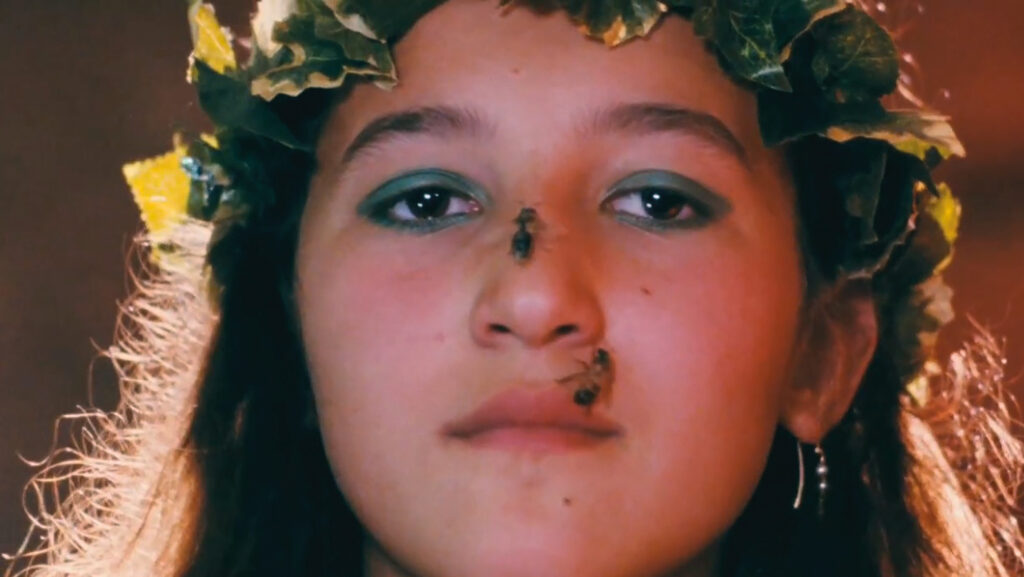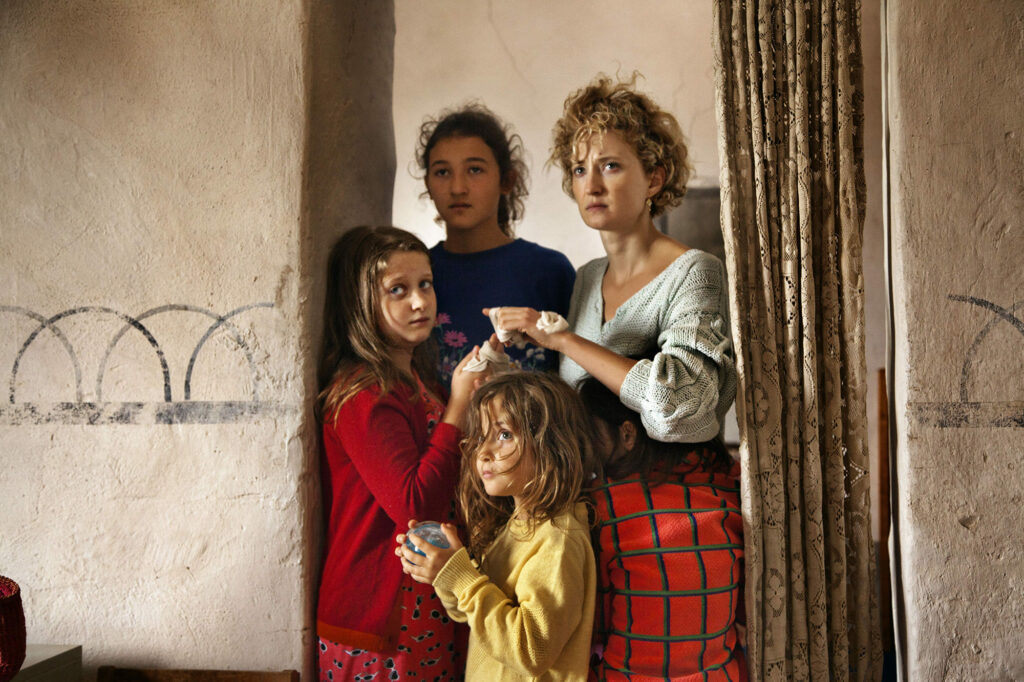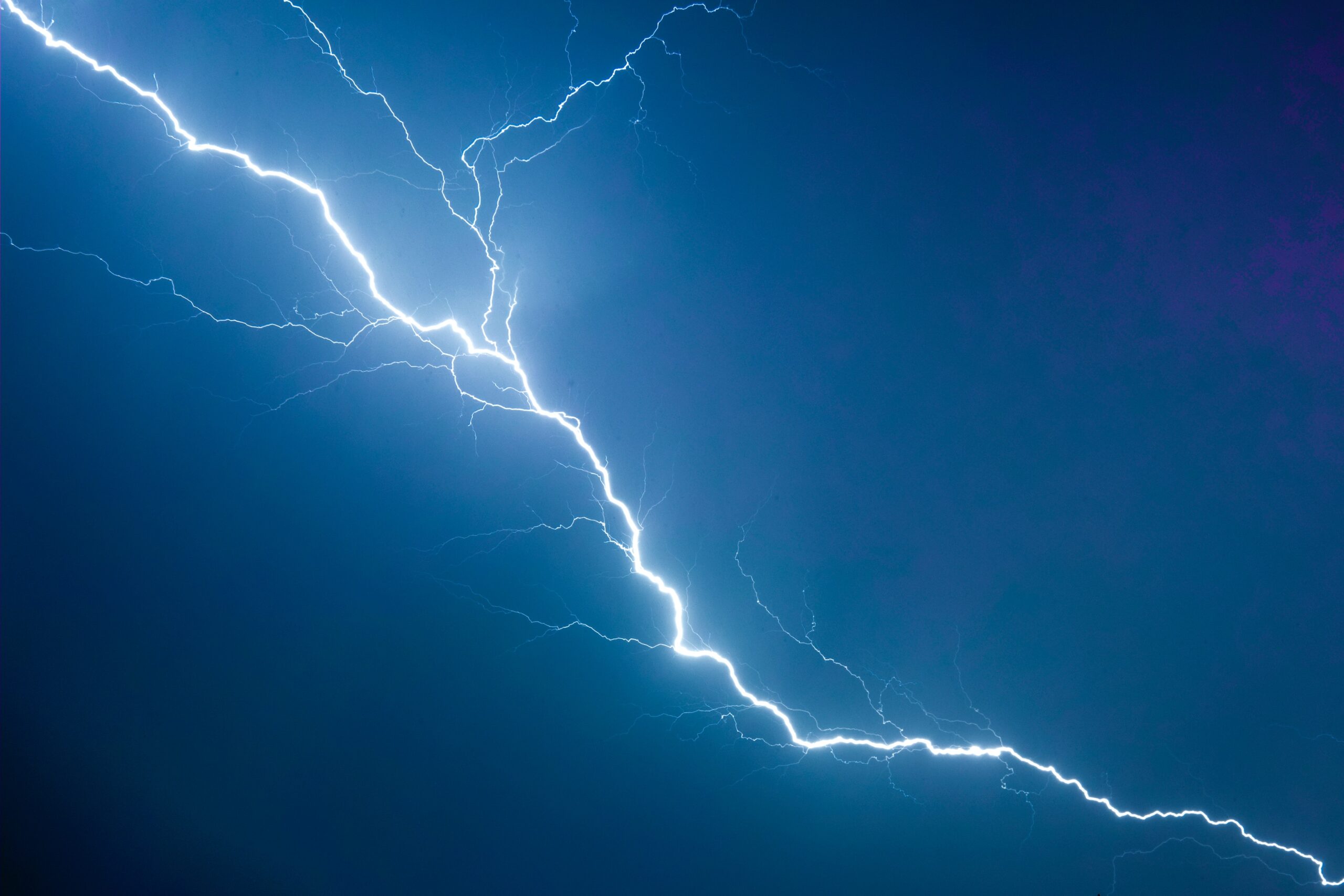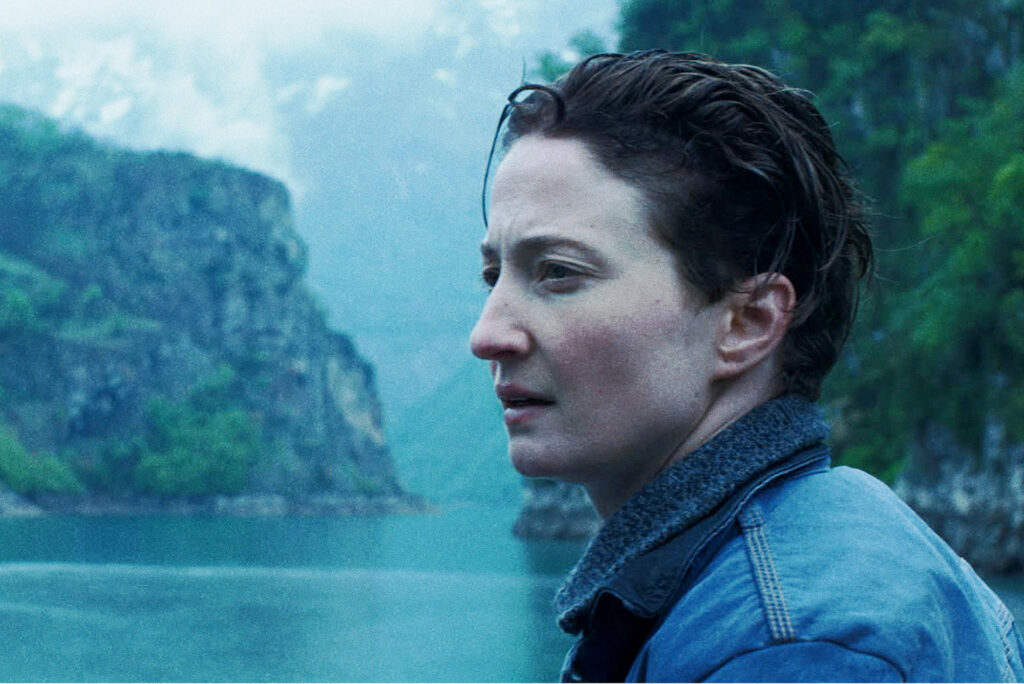
Part 2 of our in-depth analysis of the movie by Alice Rohrwacher starring Alba Rohrwacher. We broke down the narrative structure in its three acts, highlighting the steps of Vogler’s ‘Hero’s Journey’ and some of the categories of Joseph Campbell’s monomyth that apply to the movie. Le Meraviglie (The Wonders) is part of the MoMA retrospective dedicated to the Rohrwacher’s sisters on show until December 23rd.
SPOILER ALERT
By Tommaso Cartia
The story opens with the description of the Ordinary World of the family of our Heroine Gelsomina. The psychological hierarchies existing between the main protagonists are immediately introduced. In particular, the strong bond between Gelsomina and her father, underlined by the fact that Wolfang (the father) trusts only his eldest daughter to carry out the most onerous tasks of the honey processing. The strong character of the second-born daughter, Marinella, a Trickster, is Gelsomina’s comic relief who often loosens tensions and lives everything with a sense of disenchantment. The mother remains a solid figure, sometimes in contrast with her husband, but she does not seem to have a relevant voice in the difficult balance between Wolfang and Gelsomina, who at the beginning of the story is an Animus, projecting herself first with the father figure and his male energy. Cocò is another central character who is presented right away. She initially appears as Gelsomina’s natural Ally, sharing the need of the young girl to emancipate herself from the imposing patriarch.
More or less a quarter of an hour from the beginning of the film, once the work is finished, the family enjoys a moment of leisure by the sea close to an island not far away from the mainland, occupied by the ruins of an ancient Etruscan necropolis. In this enchanting scenario, we see the epiphanic appearance of the character of Milly, the TV host of the program “Il
Despite her appearance as a series B presenter, in the eyes of Gelsomina and her sisters, Milly is a blue fairy. Gelsomina looks at Milly in awe as the Fairylike woman hands to the girl a flock of her wig’s hair and also a poster of the show with the instructions to participate. With this double gesture, Milly will initiate Gelsomina’s shifting journey. Cutting one’s hair is archetypically a sign of transition, from childhood to the adult age, and the poster represents the New Direction that the whole Gelsomina’s family is invited to take to change their economic status and welcome the advent of the new corporate era for the farming businesses. This is the triggering Inciting Incident of the story and the Call to Adventure.
ACT 2
The meeting with Milly will subsequently lead to the beginning of the ideological clash between father and daughter. After

Gelsomina’s mother seems instead favorable to the opportunity the TV show presents, as is Cocò who fully supports Gelsomina’s idea thinking not only that that money is indispensable, but also that the girl’s destiny should not be playing the peasant woman role that Wolfang is envisioning for her. Cocò represents a parallel subplot to Gelsomina’s story, reinforcing the central theme of the Heroine’s journey. Cocò is, in fact, as dissatisfied as the young girl; she wishes a change will occur to her life; she is young and charged with a strong sensual drive. “Am I real?” is the question that she often asks out loud. She is like Gelsomina, a character in search of her true self. Later on, Wolfang decides to adopt a new kid, Martin, a German boy who will come to work with the family for a few months. The arrival of the boy is groundbreaking for the economy of the story, and it alters the family’s equilibrium. Like Milly’s character, Martin is a sort of mystical presence, an exotic and mysterious one. He never speaks, but he has a special power, he can whistle very well. The kid represents Gelsomina first encounter with sexuality and with a male sensual interest that is separate from her father figure. The romantic theme is introduced also by a love song from Italian TV personality Ambra Angiolini; it is again in the world of TV that Gelsomina as well as her sister Marinella, find an extraordinary world to escape and dream away.
One day at a village’s fair where Gelsomina’s family
As we progress in the journey, an old friend of Wolfang, Adrian, comes to visit the family. His appearance is absolutely disruptive and accelerates the departure of Gelsomina from the father figure. Adrian tells Wolfang that it would be about time for him to make a son and free Gelsomina who he invites to come and visit the city of Milan, to get away from there. Gelsomina says that she would love to, she finally declares her subconscious intent, to emancipate herself, but again Wolgang addresses her as “just a kid”.
Later, left alone to process the honey, Gelsomina, Marinella
Here we get closer to the Innermost Cave and the central Ordeal, and also metaphorically this moment represents a Descent into Hell. In fact, the boat that transports the family into the necropolis where the TV show is set is called Lucifer, and indeed the archeological site of the set is a necropolis, a real innermost cave. It is in a deep cavity in the rock where the parade of the harnessed families dressed up in their traditional costumes selling their products take place. They also need to perform. Godmother of the evening is obviously Milly. Gelsomina’s family introduces itself to the cameras. Wolfang timidly tries to explain the beauty of his art as a beekeeper, but the camera’s mechanical and cold gaze blocks him, making him appear uncomfortable, fragile; it intimidates him and resizes his role and his male power that was the main force at the beginning of the story. Unable to verbalize, he can only declare that his honey is natural, genuine, a product of a world that is about to vanish. The fragile lyricism with which the conflicting antagonist of the story reveals his
ACT 3
On the way back, Gelsomina bumps into her her Mentor, Milly, who kindly invites her to sit next to her. She takes off her fairy wig, as if to go back to a state of humanity, as if her supernatural aid is about to be over. Milly is now, for real, the woman that Gelsomina would love to be one day. That mirroring allows the girl to perform her heroine’s act. She finally escapes her family and goes back by herself, swimming back to the island to look for Martin into the forest. The drowning in waters signs her cathartic shift, and when she emerges, she is now ready to touch fire. She finds Martin, and it is in fact by the heat of the fire that the two kids have their first, still innocent, physical vicinity. It’s a goodbye to childhood and a welcoming to the adult age.
The next scenes of the movie follow a surreal crescendo. Gelsomina comes back to her family who had settled a bed in the middle of the field in front of their house, a bed that represents their true union and closeness. They all lie in bed together. The father reconciles with Gelsomina, telling her there is room for her in the bed, and the girl, now a woman, can reconcile with the fact that she can be a daughter and still be a woman, and that she still has a role in the wonderful world of her family, but now she has conquered another wonderful one: herself. A metaphysical time passes over them, and they vanish from the bed; they vanish from their house as well as all of their belongings. The last shot presents that wonderful world like a skeleton of what it once was. Time is inexorable; Wolfang was right, their world was coming to an end, but his family’s embrace in an imaginative bed will probably hold them close forever. Probably, as the movie leaves us suspended in the certainty of the uncertainty of life.



